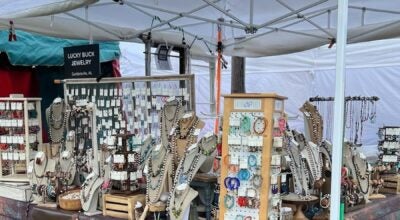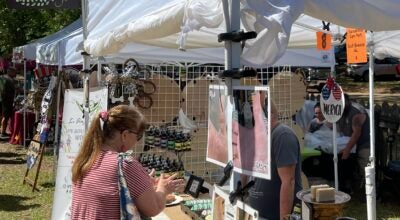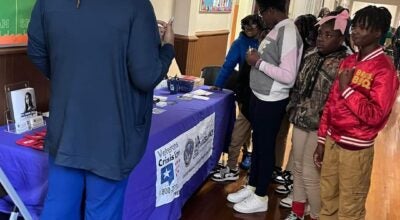Elmore Bolling Foundation honored bicentennial celebration
Published 4:18 pm Thursday, September 3, 2020
|
Getting your Trinity Audio player ready...
|
The Elmore Bolling Foundation (TEBF) this week was honored for its contribution to Alabama’s recent bicentennial celebration.
TEBF organized a coalition which consists of Hayneville Mayor David Daniel, Town of Hayneville Council Members, citizens of Lowndes County, other stockholders and included representatives of The Equal Justice Initiative. This coalition was led by the Lowndes County Friends of the Civil Rights Movement of which Arthur Nelson is president and Katanga Mants is vice president.
A historical marker was placed for lynch victims: G. Smith Watkins, Ed Bracy and Jim Press Meriweather who were lynched for starting a Lowndes County Sharecroppers Union. The marker was installed at the historic Hopewell Baptist Church in the Snowhill Community near Ft. Deposit.
The plaque was dedicated on Tuesday, Sept. 1, at 9 a.m., at Hayneville Town Hall.
Between March 3, 2017, and Dec. 14, 2019, every county, more than 200 local community committees and dozens of organizations throughout the state participated in Alabama’s bicentennial commemoration. They undertook hundreds of projects and activities over the three-year celebration. From those, the Alabama Bicentennial Commission selected 21 projects to receive legacy awards and 41 to receive commendations. All made a significant and/or lasting contribution to the state’s commemoration.
“Alabama people, communities and organizations showed their creativity and resourcefulness throughout the commemoration, but nowhere more than in the programs and projects they brought to life,” said Alabama Bicentennial Commission executive director Jay Lamar. “They helped ensure the bicentennial engaged all ages and interests. The bronze plaques are permanent testimonies to their contributions.”
The specially made bronze plaque names Lowndes County and will be displayed at the Hayneville Town Hall.
Among the award recipients were exhibitions, school projects and city murals. Many initiatives were locally focused, while others involved regional or even statewide interests. Many are especially notable for their long-term relevance and impact.
The awards also represented every region of the state and ranged from small towns to major metropolitan centers. Community partners included junior colleges, county commissions and historic sites.





